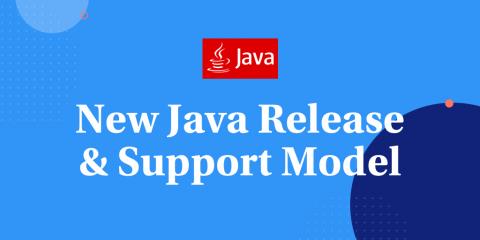Java 12: New Features and Enhancements Developers Should Know
Oracle will soon roll out Java 12 in March 2019 and new releases will drop once every six months thereafter. The goal is to make new releases more frequent for the Java ecosystem, with certain releases earmarked as long-term support (LTS). And by support, we mean the allocation of update releases for bug fixes and critical security patches. This latest version offers a list of new features such as Switch Expressions, Default CDS Archives, Shenandoah, Microbenchmark Suite, among others.










